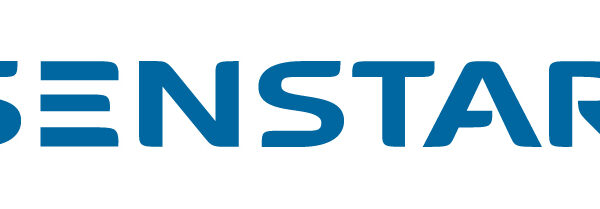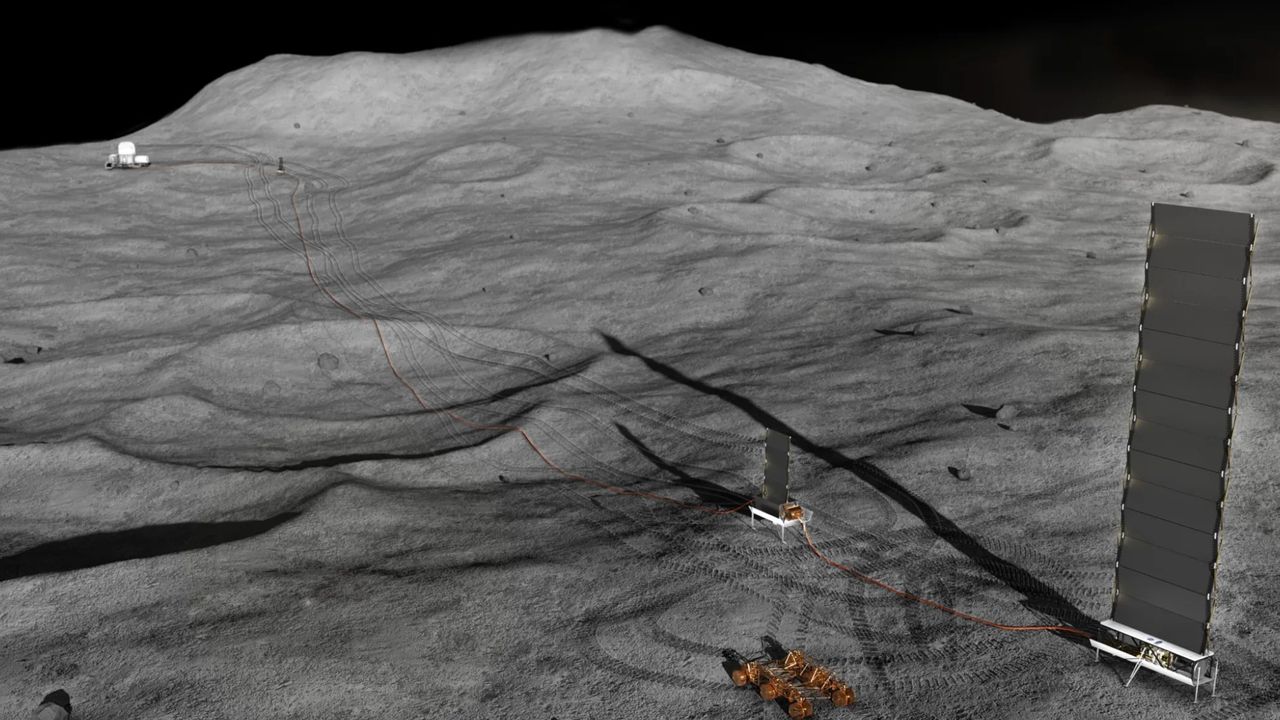NASA is intensifying efforts to establish a nuclear reactor on the moon by 2030. This initiative aims to support the agency’s Artemis program, which seeks to return astronauts to the lunar surface and establish bases for sustained exploration. According to reports, interim NASA chief Sean Duffy is set to unveil a directive this week that outlines an ambitious plan for a 100-kilowatt fission reactor, significantly increasing the initial target of a 40-kilowatt system.
The new directive, as reported by Politico, instructs NASA to solicit proposals from industry partners for the development of this more powerful reactor. The goal is to ensure a robust energy source for lunar operations, particularly given the challenges posed by the moon’s environment. Solar power is less viable for a permanent lunar outpost, as the moon experiences long periods of darkness that can last approximately two Earth weeks at a time.
Strategic Implications in Space Exploration
The push for a nuclear reactor on the moon is not solely a technological endeavor; it also carries significant geopolitical implications. China has announced plans to establish its own moon base, collaborating with Russia and other nations. The directive from NASA is seen as a move to maintain U.S. leadership in space exploration. According to Politico, the first nation to successfully deploy a nuclear reactor on the moon could effectively establish a “keep-out zone,” limiting the operational capabilities of competitors like the United States.
These developments come as NASA works to return astronauts to the moon by the end of this decade. The Artemis program represents a critical component of NASA’s long-term vision for sustainable lunar exploration, with the establishment of one or more bases on the moon by around 2030.
Duffy’s leadership comes at a pivotal time for NASA. Appointed by Donald Trump on July 9, 2023, Duffy has a diverse background that includes roles as a television personality and U.S. Secretary of Transportation. His appointment followed the withdrawal of billionaire entrepreneur Jared Isaacman, who was initially nominated as NASA chief just days before Duffy’s selection.
Looking Ahead
As NASA accelerates its plans for lunar exploration, the agency’s success in developing a nuclear reactor could play a crucial role in supporting human activities on the moon. The focus on a 100-kilowatt system reflects a commitment to ensuring a reliable energy source that can facilitate scientific research and exploration.
The implications of these advancements extend beyond national interests, as the race for lunar dominance heats up. With global powers positioning themselves for a significant presence on the moon, the coming years will likely see intense competition in space exploration. The development of a lunar nuclear reactor could not only provide energy but also solidify the United States’ standing in the ongoing quest for lunar exploration and utilization.





































































